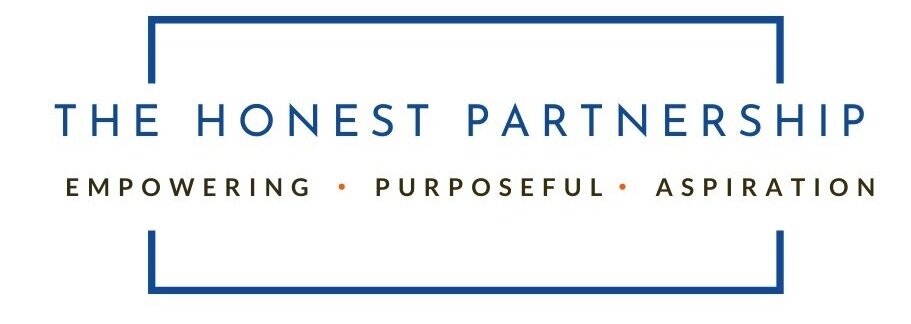Rest is not A Reward; It’s A Leadership Necessity
It's easy to get caught up in hustle culture, constantly doing coupled with the always-on and always available mindset. Do you make conscious decisions as to when it's necessary to go above and beyond or has it become more of a habit that is leading you to exhaustion?
As a leadership coach, I listen to the polarities of to-do lists, the almost magnetic pull to be always doing and the guilt and shame associated with not doing. I’ve heard how leaders, especially Type A high performers have an underlying belief; that rest is a sign of laziness and unproductivity, rather than a crucial aspect of being human. But busyness without conscious consideration as to how you will recuperate your energy leads to overwhelm, stress, anxiety and eventually burnout.
How can you as a leader make the shift towards sustainable productivity, this articles shares three tips to consider:
Boundary Creation
Establishing personal boundaries facilitates an opportunity to advocate for ourselves, which in turn gives us a greater sense of ownership and control over our lives, as opposed to mindlessly going through the motions like mere cogs in a machine.
What boundaries do you need?
Consider your time, accessibility, and emotional energy, what could boundaries look like around these?
Additionally, evaluate the various areas in which your attention is demanded, including Teams calls, and meetings - are all meetings the same? How much time and energy do you put into proactive problem-solving each day? What about your pastoral duties? By pinpointing the areas in which you need a clearer and more resolute boundary, you can decide how you are going to free up precious time and headspace to focus on the things that truly matter to you.
Rejuvenating Energy
Recognising when your body's cues suggest it needs to take a break, it needs sustenance and rejuvenation is not just a life skill but a skill for effective leadership.
Rest is often viewed as nice to have, rather than a mandatory way of maintaining and increasing productivity. I encourage clients to start small, taking breaks after each Teams meeting, noticing if you are thirsty and getting a drink, and taking time to wash your hands before returning to your desk. These tiny moments can really help you to slow down in times of busyness and support your energy levels, so you can refocus on the task without having to force yourself to sit and work, much kinder and much more effective.
False Urgency
It's natural to want to achieve success quickly, but have you noticed when you just feel rushed; to get to the next meeting, whilst sat in one, to complete tasks before you’ve really got into the details? This cycle can lead to a culture of false urgency, where decisions are made too quickly and without enough thought because we feel compelled to rather than it being a priority.
It's important to identify the source of that urgency, which is often associated with how we believe or feel about ourselves, not enough, do more, be better, be bigger, getter or more. Recognising the driving force, hearing the stories we tell ourselves about ourselves and challenging these assumptions and beliefs can help you overcome feelings of urgency which not only helps with your productivity but also your long-term well-being.
False urgency also feeds on a culture that values busyness leading to an idea of not just false urgency but false productivity, I share 5 tips for leaders to break free from busyness in a recent article in Brainz magazine which are also useful.
Shifting from a constantly busy lifestyle to a more sustainable and productive approach requires a significant change in mindset. It requires us to prioritise our well-being, challenge our assumptions about productivity, and realise the importance of rest. By embracing these really simple approaches, we can become more resilient individuals who strategically leverage rest to perform at our best, achieving our goals without sacrificing our health and happiness. It also makes us better leaders

